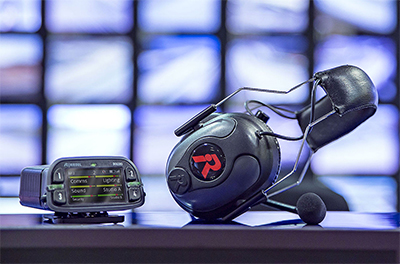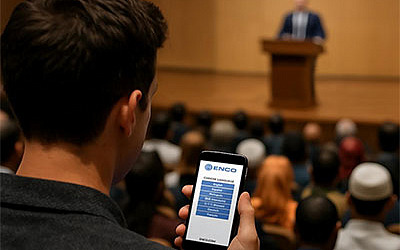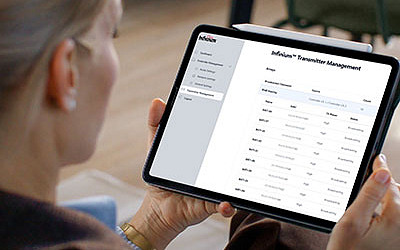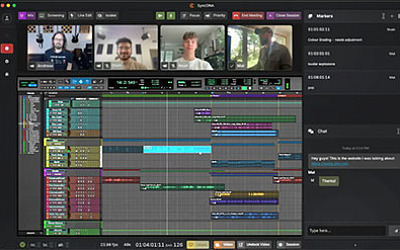Riedel Communications has added features and functionality to its wireless intercom system specifically for users in Japan – along with a new JDECT setting, Bolero 2.2 offers greater capacity, more extensive monitoring capabilities, and use of stereo headsets via Bluetooth and line input.
 ‘Supporting a variety of network topologies and offering a high-clarity voice codec that improves speech intelligibility and bandwidth efficiency on the RF spectrum, Bolero provides premium performance for wireless intercom applications,’ says Riedel Communications General Manager for Japan and South Korea, Vincent Lambert. ‘The enhancements available in Bolero 2.2 make this system even more valuable, particularly for users in Japan.’
‘Supporting a variety of network topologies and offering a high-clarity voice codec that improves speech intelligibility and bandwidth efficiency on the RF spectrum, Bolero provides premium performance for wireless intercom applications,’ says Riedel Communications General Manager for Japan and South Korea, Vincent Lambert. ‘The enhancements available in Bolero 2.2 make this system even more valuable, particularly for users in Japan.’
A new DECT Region Japan (JDECT) setting in Bolero 2.2 supports up to 100 antennas and 60 beltpacks (over six DECT bands) in a non-interfered environment. Improved PHS detection helps to prevent interference from mobile phone signals that share a frequency spectrum with the JDECT band.
The 2.2 release of Bolero features new RF monitoring capabilities that allow users to use both antennas and beltpacks to scan or monitor the radio spectrum used by DECT devices. Built into antennas, a radio scanner enables period measurement of time-slot usage and identification of DECT systems in the RF space, in turn serving as an additional capacity monitor while making it easier to diagnose radio issues and plan for system expansion. Up to five Bolero beltpacks in a network space can be set to periodically monitor the radio spectrum at their locations while still operating normally.
Each Bolero beltpack features a sunlight-readable TFT display, six keys/channels, and a reply key and operates in any of three modes – beltpack, walkie talkie, and desktop – for up to 17 hours on battery power. A replaceable 10-pin socket gives Bolero users the option of listening to stereo sources from Bluetooth music (A2DP) and a line-in input, which is especially useful in esports applications.
Riedel’s proprietary ADR technology combines a unique receiver design with multiple diversity elements specifically designed to reduce sensitivity to multipath reflections, allowing Bolero to operate with unparalleled reliability in challenging RF environments. Additionally, Bolero’s BV32 high-clarity audio codec provides significantly higher speech intelligibility than other DECT-based systems.
As with earlier releases, Bolero 2.2 can be integrated into large intercom installations with a mix of Riedel Artist panels and wireless beltpacks, as a plug-and-play stand-alone link, or as a stand-alone solution on a SMPTE ST 2110 network.
More: www.riedel.net



